Known as Chevron board or Andy board, or referred to as Sintra board, Foamex, PVC foam as well,
PVC foam board comprises the chemical composition of Poly Vinyl Chloride, light calcium carbonate, foaming agents, etc. It can be used for both indoor and outdoor applications.
PVC foam board is manufactured through a series of production processes. Next, we will introduce the PVC foam board’s production principle and process flow.
Raw material mixing includes two steps: cold mixing and hot mixing. After weighing the PVC resin and various auxiliary materials, put them into the hot mixing pot to stir evenly and automatically put them into the cold mixing pot to mix and cool. After cold mixing, the materials are sieved by the screening machine and stored. The powdered material enters the extruder from the hopper on the extrusion line, with the continuous forward movement and the temperature change in the extrusion process. The material slowly changes from solid to viscous flow state, and the foaming agent decomposes. Due to the high pressure in the extruder and die, the gas released from the decomposition of the foaming agent dissolves into the PVC melt under high pressure. After PVC melt is extruded from the die, the gas dissolved in the melt expands and foams rapidly due to the sudden loss of pressure of the melt. It immediately enters the calibration units for cooling and calibrating and then enters the water tank for further cooling. Finally, the product is cut into a certain length after passing through the haul-off machine.
Production process flow:
In China, PVC foam board is mainly produced by domestic PVC skinned foam board production lines. Its production process is as follows:
Raw material allocation – mixing by high-speed mixer – extrusion by extruder – foaming – cooling and calibration – spraying cooling – haul-off – cutting – stacking – Inspection – warehousing of finished products.
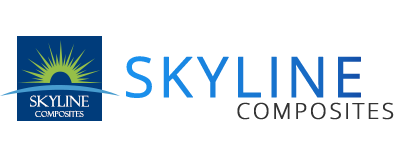
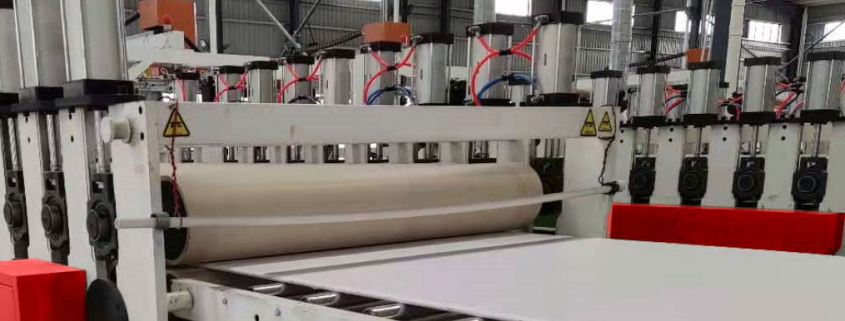

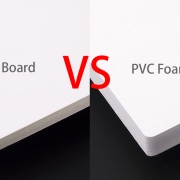
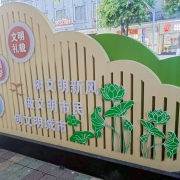
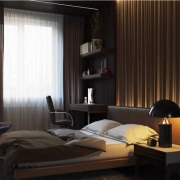
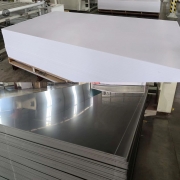
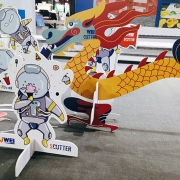
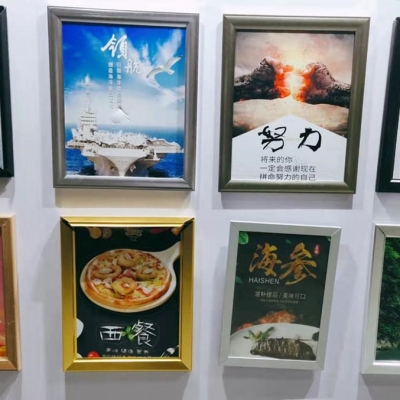

Leave a Reply
Want to join the discussion?Feel free to contribute!